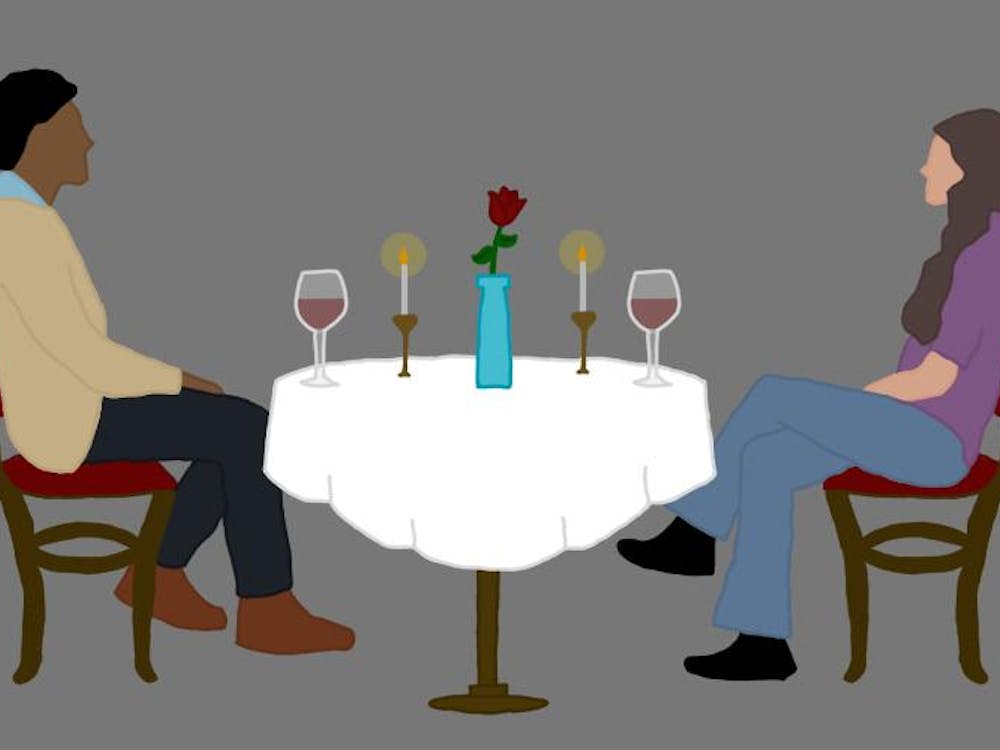With the help of a new $1.35 million research grant from the National Science Foundation, Education School Asst. Prof. Jennie Chiu and her colleagues will help students explore new ways in which virtual lessons and real-world situations meaningfully connect. Her work is aimed at revolutionizing the traditional high school classroom. Chiu currently teaches a class about educational simulations and video games. This week Chiu sat down with The Cavalier Daily to tell readers more about her work and how she transitioned from being a mechanical engineer to a professor.
What did you do before working at the University?\nI started out doing mechanical engineering at Stanford University. Right after college I worked at Hewlett-Packard. I was working in laptop computers and accessories, but I didn't like it. It was just the wrong job for me. It was a lot of excel spreadsheets and phone calls. None of the actual engineering was being done; it was all being done overseas. It was very fortunate that my old high school needed an AP Physics C teacher, so they were nice enough to let me come back and teach. Then I realized that there was still work that needed to be done in the classroom [on the teaching side]. I went to Berkeley in California for graduate school and then came here.
When I was younger what I always said was how I wanted to change society was through education. But then I had engineering.
Why did you receive the grant from the National Science Foundation?\nWe were awarded it because of this cyber learning initiative. NSF is committed to investigating cyber technologies, like hand-held computer based environments - visualizations [that] can help students learn science. [Our proposal] was answering that call.
What inspired you to take on this research?\nMy classroom experience as a teacher and my experience as a researcher and the availability of technology now. We're at the point where technology is cheap and easy enough to work with that we can put it into the classroom. Traditionally there's a big disconnect between the science classroom and what people think in their everyday lives.
What do you think is lacking in the way classroom science is conducted today?\nLab activities are really bad. It's not really anybody's fault, but with so many things teachers have to teach for the tests, and the state of the lab activities now, it tends to be really cookbook. You follow procedures to replicate results but you're not doing anything to discover science or theories.
What projects are you specifically working on to combat these problems?\nWe're exploring technologies with phones. My colleagues at the Concord Consortium are super smart, and they think it's easy to navigate through the Android systems. It's amazing the power you have in your hands with phones these days and how you can translate that to science classrooms.
What are some examples?\nIn chemistry you can explore gas laws by increasing pressure of a syringe and seeing that the volume is increasing. Typically it goes to a graph or data table. We want to connect that to a molecular stimulation. What's happening inside that syringe that's making this happen? Connecting that into a computational stimulation of molecular motion. Students could see on their screen what's happening on a small level. Typically a probe is hooked up to a computer. If you had a temperature probe you'd be able to see the molecular movement on screen.
Where will these initiatives be implemented initially?\nWe very much value the input of teachers and in testing before rolling. We're going to be working with a set of teachers next year to have them try it out in their classrooms and give feedback to where they think they approve. The year after that we'll be comparing the use of these activities with teachers that use traditional activities to see if there's any added value for these.






